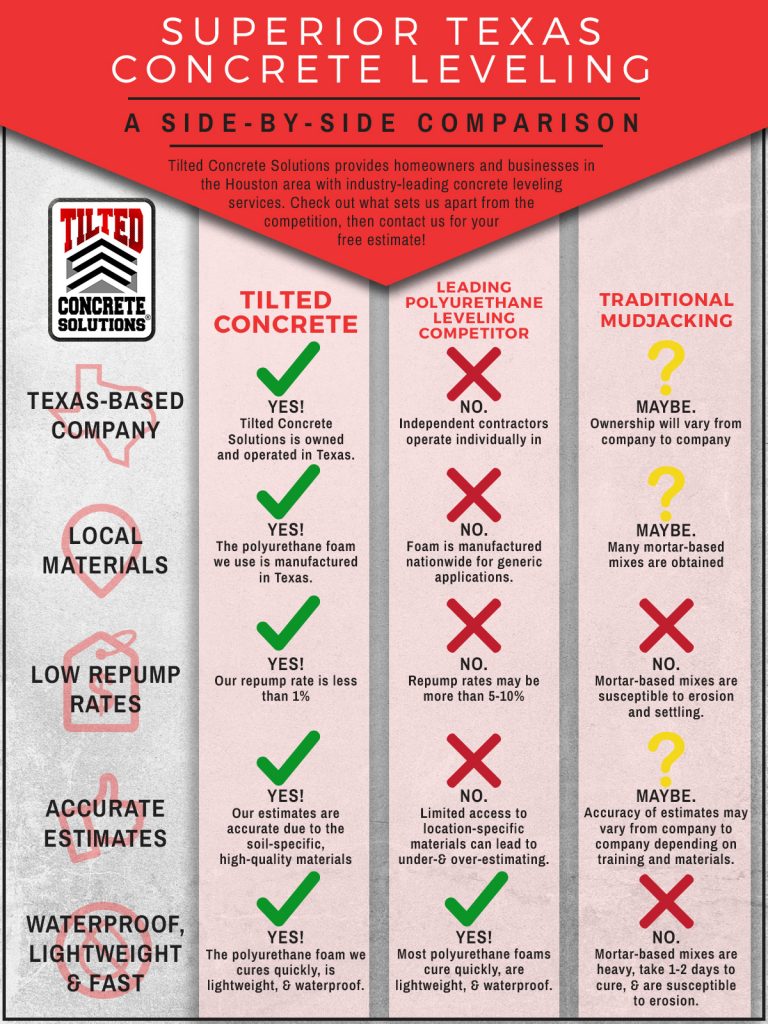Choosing The Appropriate Colors: A Comprehensive Guide To Exterior Painting For Commercial Characteristic
Choosing The Appropriate Colors: A Comprehensive Guide To Exterior Painting For Commercial Characteristic
Blog Article
Post Produced By-Joyce Helbo
When it involves commercial external paint, the colors you pick can make or break your brand's allure. Recognizing how various shades influence assumption is key to bring in customers and constructing count on. However it's not just about individual preference; local patterns and regulations play a substantial duty also. So, exactly how do you locate the perfect balance between your vision and what reverberates with the community? Let's explore the essential aspects that guide your color choices.
Comprehending Shade Psychology and Its Impact on Organization
When you select shades for your business's outside, comprehending color psychology can dramatically influence exactly how prospective clients view your brand name.
Colors stimulate emotions and established the tone for your service. For https://indoorpaintersnearme08652.azzablog.com/35757049/inside-painters-fine-tune-your-home-s-appearance-via-masterful-methods , blue usually communicates trust fund and professionalism and trust, making it ideal for banks. Red can create a feeling of seriousness, excellent for dining establishments and inventory-clearance sale.
At the same time, eco-friendly signifies development and sustainability, interesting eco-conscious consumers. Yellow grabs interest and triggers optimism, but too much can bewilder.
Consider your target market and the message you wish to send. By choosing the appropriate colors, you not only enhance your curb charm yet also straighten your photo with your brand name values, inevitably driving client involvement and commitment.
Studying Citizen Trends and Rules
Exactly how can you guarantee your exterior paint options reverberate with the area? Beginning by investigating neighborhood trends. Go to neighboring companies and observe their color schemes.
Take note of what's popular and what feels out of place. This'll assist you straighten your choices with neighborhood visual appeals.
Next, check regional laws. Lots of towns have standards on outside shades, specifically in historic areas. You do not intend to hang around and cash on a combination that isn't compliant.
Involve with websites or area groups to gather understandings. They can offer important feedback on what shades are well-received.
Tips for Integrating With the Surrounding Environment
To develop a natural appearance that blends seamlessly with your environments, consider the natural surroundings and architectural styles close by. Start by observing the colors of nearby structures and landscapes. Natural tones like eco-friendlies, browns, and soft grays frequently work well in all-natural setups.
If your property is near lively city locations, you may pick bolder shades that show the local power.
Next off, think of the building design of your structure. Traditional styles might benefit from traditional colors, while contemporary styles can welcome contemporary combinations.
Check your shade choices with samples on the wall surface to see just how they connect with the light and atmosphere.
Finally, remember https://housepaintersnearme21986.activosblog.com/34461631/experience-the-impressive-impact-of-household-painters-exposing-your-home-s-real-potential-in-means-you-never-visualized of regional guidelines or area aesthetic appeals to guarantee your choice improves, as opposed to encounter, the environments.
Final thought
To conclude, picking the right shades for your industrial outside isn't nearly aesthetics; it's a strategic decision that influences your brand name's perception. By taking advantage of shade psychology, taking into consideration regional patterns, and making certain harmony with your surroundings, you'll develop a welcoming ambience that draws in consumers. Do not forget to evaluate examples before devoting! With the best approach, you can boost your business's curb appeal and foster long-term customer interaction and loyalty.
